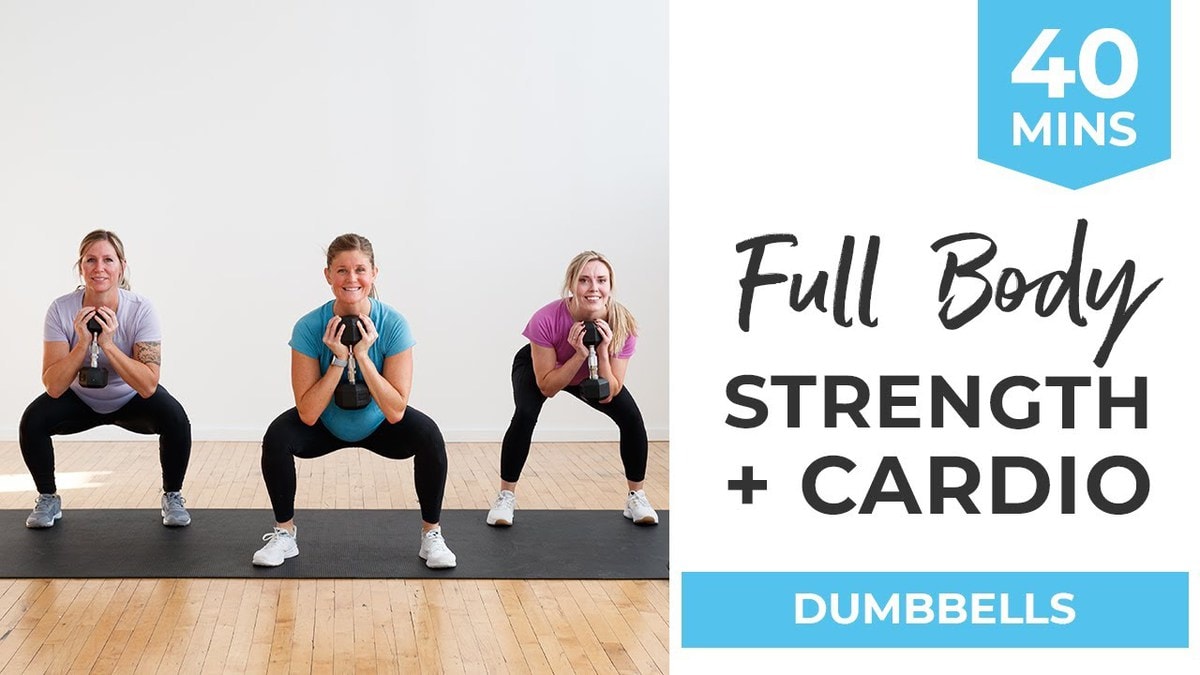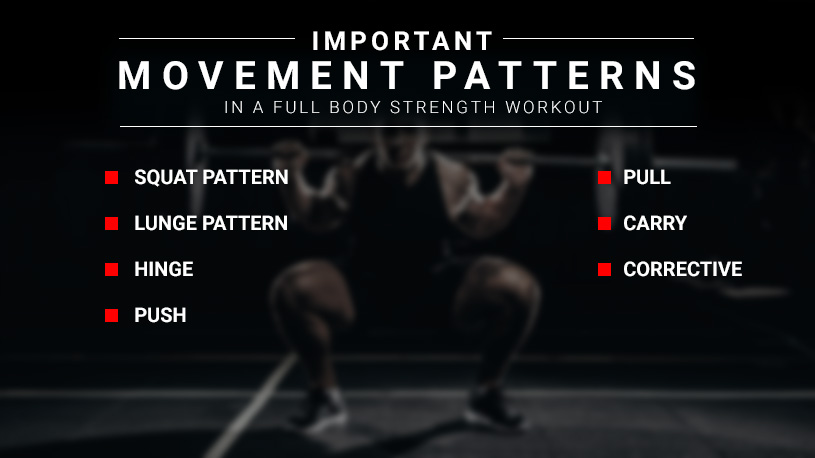
Introduction
Starting a full body weight training routine as a beginner can be both exciting and intimidating. It’s a journey that promises strength gains, muscle growth, and overall fitness improvement. But where do you begin? How do you structure your workouts for maximum effectiveness while avoiding injury? In this guide, we’ll delve into the essentials of full body weight training for beginners, breaking down the key components and providing actionable tips to kickstart your fitness journey.
Understanding Full Body Weight Training
Before diving into the workouts, it’s crucial to understand what full body weight training entails. Unlike split routines that focus on specific muscle groups on different days, full body workouts target all major muscle groups in a single session. This comprehensive approach ensures balanced development and efficient use of time. Whether you’re aiming to build strength, increase muscle mass, or simply improve overall fitness, full body weight training offers a solid foundation.
Planning Your Routine
The first step in embarking on a full body weight training journey is crafting a well-rounded workout routine. Begin by selecting compound exercises that engage multiple muscle groups simultaneously, such as squats, deadlifts, bench presses, and rows. Incorporate both upper and lower body movements to ensure comprehensive stimulation. Aim for three to four workouts per week, allowing for adequate rest between sessions to facilitate recovery and muscle growth.
Mastering Proper Form
Proper form is paramount in full body weight training to maximize effectiveness and minimize the risk of injury. Take the time to learn the correct technique for each exercise, focusing on maintaining proper alignment and engaging the targeted muscles throughout the movement. Start with lighter weights to familiarize yourself with the motions before gradually increasing the load. Don’t hesitate to seek guidance from certified trainers or experienced lifters to refine your form and technique.
Progressive Overload
Progressive overload is the cornerstone of any successful weight training program, regardless of experience level. It involves gradually increasing the resistance or intensity of your workouts over time to continually challenge your muscles and stimulate growth. Keep track of your progress by logging your lifts and aiming for incremental improvements each week. Whether it’s adding an extra rep, increasing the weight slightly, or reducing rest periods between sets, strive for progressive overload to keep your gains coming.
Balanced Nutrition
Adequate nutrition is essential to support your full body weight training endeavors. Fuel your body with a balanced diet rich in lean proteins, complex carbohydrates, and healthy fats to provide the energy and nutrients needed for muscle repair and growth. Aim to consume protein-rich foods such as chicken, fish, eggs, and tofu to support muscle recovery. Stay hydrated by drinking plenty of water throughout the day, especially before and after workouts, to maintain optimal performance.
Rest and Recovery
In the pursuit of fitness goals, it’s easy to overlook the importance of rest and recovery. However, adequate rest is crucial for muscle repair and growth, allowing your body to recover from the demands of intense workouts. Incorporate rest days into your training schedule to prevent overtraining and reduce the risk of burnout or injury. Listen to your body and prioritize quality sleep to ensure proper recovery and optimize your training results.
Staying Consistent
Consistency is key to long-term success in full body weight training. Establishing a regular workout routine and sticking to it diligently is essential for achieving your fitness goals. Even on days when motivation is lacking, prioritize consistency by showing up and putting in the work. Remember that progress takes time and dedication, so stay committed to your training regimen and trust the process. Celebrate your achievements along the way, no matter how small, and keep pushing yourself to reach new heights.
Incorporating Cardiovascular Exercise
While full body weight training is an effective way to build strength and muscle, don’t neglect cardiovascular exercise for overall health and fitness. Incorporate cardio workouts such as running, cycling, or swimming into your routine to improve cardiovascular endurance, burn calories, and support weight loss efforts. Aim for at least 150 minutes of moderate-intensity aerobic activity or 75 minutes of vigorous-intensity activity per week, in addition to your weight training sessions, to reap the full benefits of a well-rounded fitness program.
Setting Realistic Goals
Setting realistic and achievable goals is essential for staying motivated and tracking progress in your full body weight training journey. Whether it’s increasing your one-rep max, improving endurance, or simply feeling stronger and more confident, define clear objectives that align with your aspirations and lifestyle. Break larger goals into smaller, actionable steps to make them more manageable and track your progress along the way. Celebrate each milestone reached, and don’t be afraid to adjust your goals as you grow and evolve in your fitness journey.
Conclusion
Embarking on a full body weight training routine as a beginner can be a rewarding and transformative experience. By understanding the fundamentals, planning your workouts effectively, and staying consistent in your efforts, you can build strength, muscle, and confidence over time. Remember to prioritize proper form, progressive overload, balanced nutrition, rest, and recovery to maximize your results and minimize the risk of injury. With dedication, patience, and perseverance, you’ll soon find yourself making strides toward your fitness goals and living a healthier, stronger life. Read more about full body weight training routine

